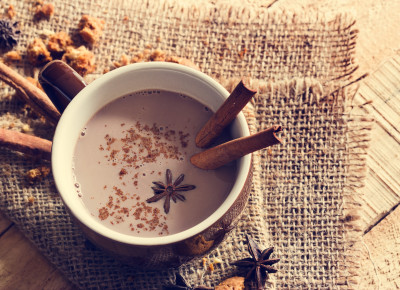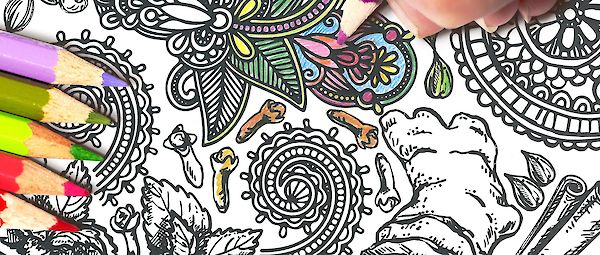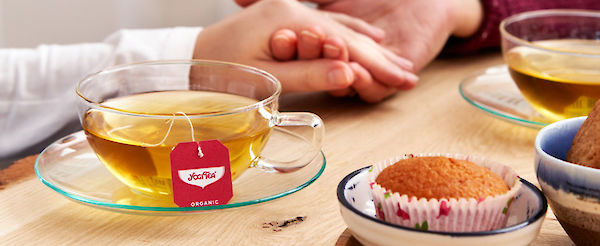Chai Latte: How well do you know it?
Chai Latte has become very trendy over the past few years. You can order a Chai Latte at almost every café around the corner and find it already prepared as a powder in the supermarket!
Its spicy taste and the irresistible exotic aromas make it very popular and immediately put you in an Oriental-magical mood. But what exactly is a Chai Latte and where does it originally come from?
We collected three facts about Chai Latte that you should know
1 - The meaning of Chai

In Asian and Eastern European languages, the translation for the word chai (pronounced like the start of “China”) means nothing more than tea. But this is somewhat different in India where chai (or Masala Chai) is the name of a black tea that is boiled and served with spices and much milk. This is how millions of people are invited to a cup of tea in India's bazaars and streets, in trains and in the early morning as they still shiver before sunrise at the temples: "Chai ji!"
No type of coffee has been able to drive chai – India's national beverage – out of its everyday life. It contains greater or smaller amounts of spices, depending on the day's significance. On special holidays and at Ayurvedic ashrams, extra portions of spices such as cardamom and ginger are boiled in the chai.
And when such a beverage comes from India, you can assume that it has a long tradition. The origins of the Chai Latte can be found in the ancient health teaching of Ayurveda: The beneficial effect of the chai and its ingredients on the body and mind has been valued for centuries.
2 - Why is there no chai without milk?
People actually do not drink tea with milk in India – they drink milk with tea! From the perspective of Ayurveda, milk is not only seen as a beverage but also as a complete, very nutritious little meal. The combination of milk and spices is extremely harmonious. While the milk takes the edge off of the spices, the spices give the milk a somewhat different consistency. So this creates a uniquely hot, rich and spicy chai taste that warms and inspires you down to the tips of your toes.
Do you know that the English tradition of the 4 o'clock tea, which is always served with some milk, actually comes from India? It was imported during colonial times and recreated the chai in a typically English way.
3 - Chai and Vata
The Vata dosha, which is the combination of ether and air, is very influential in India. It gives the country and its people their etheric, flexible and light energies. The Vata constitution requires nutritious, nourishing and restorative forces – all of which can be found in the milk and chai. But our stimulating Western lifestyle, which is frequently chaotic and stressed, also has a large amount of Vata. This is why we increasingly long for a good chai, even if this is sometimes just an unconscious feeling.
Do you feel like having a good chai now? We invite you to find out more about YOGI CHAI TEAS here...
We wish you much enjoyment and inspiration!



